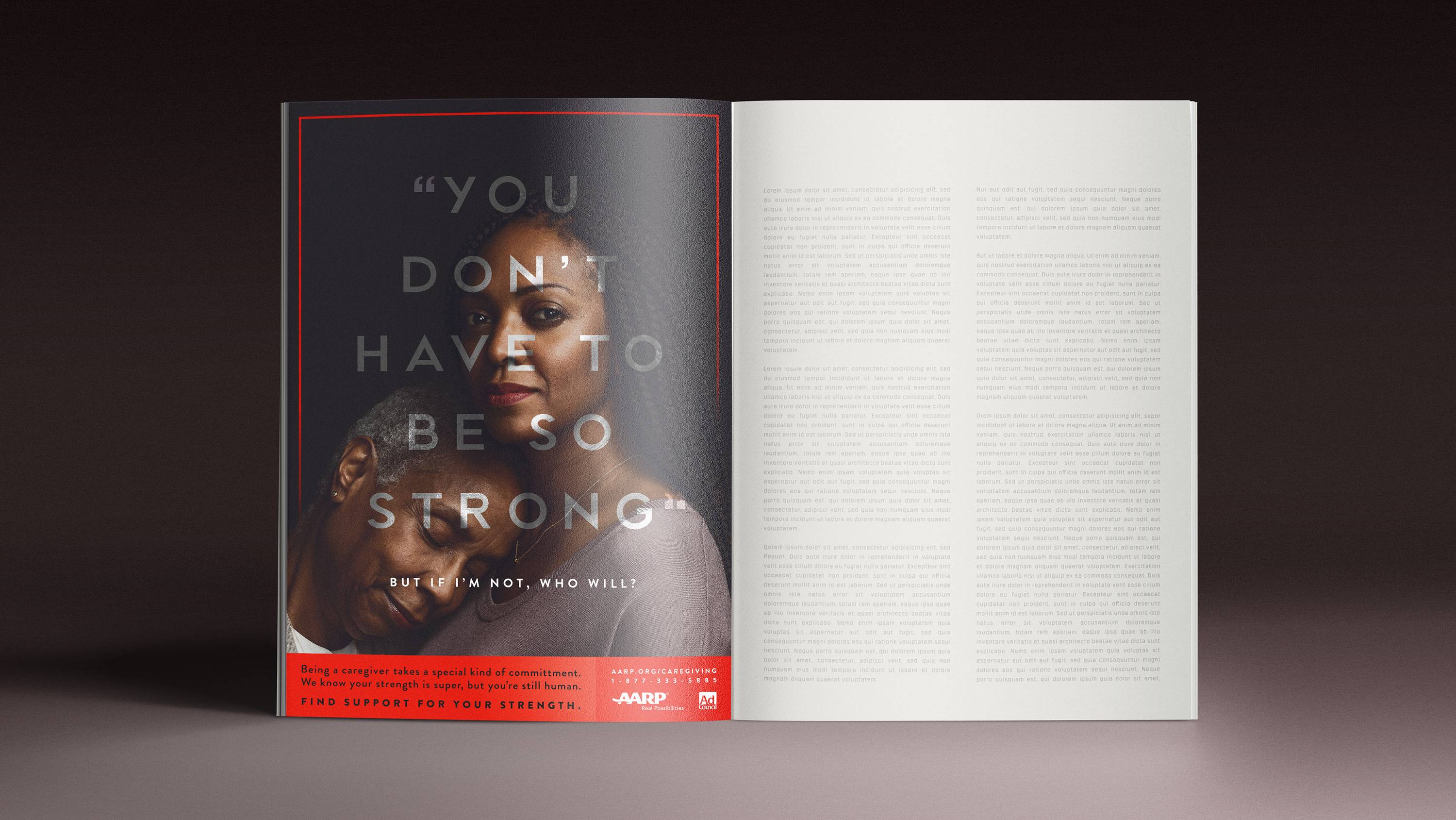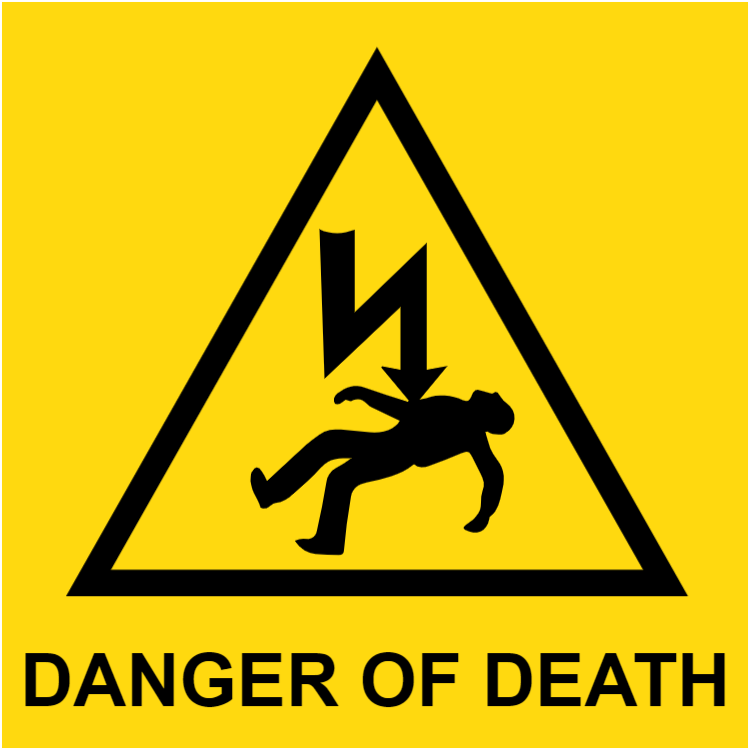
Hospice is a generic term that refers to a wide range of medical services. It includes support, pain relief, as well as spiritual care. A team of professionals offers these services to hospice patients. The goal of the program is to reduce suffering and improve quality of life. Patients with terminally ill who have less than six month to live can apply for the program.
Hospice services are based upon a personalized plan of care. They can be provided in your home, hospital or hospice. People who want to receive services at-home will require a primary caretaker.
Each patient receives the support that they need. Patients often require emotional, spiritual, and bereavement counseling. Patients can be helped to cope with their illness by having a team of nurses, social workers, or other healthcare professionals.
Many hospice programs offer supplies for free, including wheelchairs, bandages or adult diapers. Sometimes, they may even offer medication at no cost through their pharmacy. This can include drugs that are used to alleviate pain and other symptoms.

A hospice staff member can provide support services such as counseling and social work visits. A hospice nurse or aide will visit a patient regularly to make sure the patient is being taken care of. Patients will be assigned an individual case manager who will manage the care provided.
A few hospice programs offer respite care. This is short-term, inpatient care. Respite care offers a break from the demands of caring and treating a terminally ill patient. Respite care can last up to five days.
Inpatient care is usually necessary when the symptoms cannot be controlled at home. It can also be a helpful break for the family, and may be necessary for patients who need round-the-clock symptom management.
Inpatient hospice patients can have care from many healthcare professionals. This includes nurses, doctors, therapists, home health assistants, and even nurses. Inpatient care means that the patient will have to pay for room and board.
The caregiver and patient will both benefit from the services of home health aides. They can help with personal care as well as other tasks such light housekeeping or mobility assistance. They are also able to clean any medical equipment the patient has.

Medicare and most health insurance plans include hospice care. However, some policies do not cover them. It is important that you contact your insurance company to find out about the coverage of a hospice before you enroll.
Advance care planning is important for those who are suffering from terminal cancer, or other acute or chronic diseases. This can help you and your loved ones know what you want before the disease becomes terminal. You will be more likely receive the care you desire if you have these conversations. Preparing for your future medical issues is a wise way to ensure that you get the care and treatment you need.
FAQ
What do you consider to be the most important public health issues of today?
Many people have problems with obesity, diabetes, heart disease and cancer. These conditions are responsible for more deaths each year than AIDS, car accidents, and murders. Additionally, smoking, poor diet and inactivity can lead to high bloodpressure, stroke, asthma or other problems.
What is a healthcare system?
Health systems include all aspects related to care, from prevention and rehabilitation to everything in-between. It includes hospitals and clinics as well as pharmacies and community services.
Complex adaptive systems are the hallmark of health systems. They are complex adaptive systems with emergent features that cannot always be predicted by looking at each component.
Complexity of the health system makes it difficult to understand and manage. This is where creativity comes in.
Creativity allows us to find solutions for problems we don’t know how. We can use our imagination to think of new ways to improve and create new ideas.
People who think creatively are essential for health systems because they are always changing.
People who think creatively can help change the way health systems operate for the better.
What are the different health care services?
A health care service is a medical facility that provides healthcare services for patients. A hospital is an example. A hospital typically includes several departments like the emergency department and intensive care unit. It also has pharmacy and outpatient clinics.
What information should I have about immunizations
Immunization is the process that stimulates the immune response to a vaccination. The body reacts to the vaccine by producing antibodies (immunoglobulins), which protect against infection.
Statistics
- Over the first twenty-five years of this transformation, government contributions to healthcare expenditures have dropped from 36% to 15%, with the burden of managing this decrease falling largely on patients. (en.wikipedia.org)
- For the most part, that's true—over 80 percent of patients are over the age of 65. (rasmussen.edu)
- The health share of the Gross domestic product (GDP) is expected to continue its upward trend, reaching 19.9 percent of GDP by 2025. (en.wikipedia.org)
- Healthcare Occupations PRINTER-FRIENDLY Employment in healthcare occupations is projected to grow 16 percent from 2020 to 2030, much faster than the average for all occupations, adding about 2.6 million new jobs. (bls.gov)
- The healthcare sector is one of the largest and most complex in the U.S. economy, accounting for 18% of gross domestic product (GDP) in 2020.1 (investopedia.com)
External Links
How To
What are the four Health Systems?
The healthcare system includes hospitals, clinics. Insurance providers. Government agencies. Public health officials.
The overall goal of this project was to create an infographic for people who want to understand what makes up the US health care system.
These are some key points.
-
The GDP accounts for 17% of healthcare spending, which amounts to $2 trillion annually. This is almost twice as large as the entire defense budget.
-
Medical inflation reached 6.6% for 2015, more than any other category.
-
Americans spend 9% on average for their health expenses.
-
Over 300 million Americans are uninsured as of 2014.
-
Although the Affordable Care Act (ACA), has been passed into law, it is not yet fully implemented. There are still major gaps in coverage.
-
A majority of Americans believe the ACA should be maintained.
-
The US spends the most money on healthcare in the world than any other country.
-
The total cost of healthcare would drop by $2.8 trillion annually if every American had affordable access.
-
Medicare, Medicaid, and private insurers cover 56% of all healthcare spending.
-
These are the top three reasons people don’t get insured: Not being able afford it ($25B), not having enough spare time to find insurance ($16.4B), and not knowing anything ($14.7B).
-
HMO (health care maintenance organization) is one type of plan. PPO (preferred provider organizational) is another.
-
Private insurance covers almost all services, including prescriptions and physical therapy.
-
Public programs cover hospitalization, outpatient surgery, nursing homes, hospice care, long-term care, and preventive care.
-
Medicare, a federal program, provides seniors with health insurance. It pays for hospital stays and skilled nursing facility stays.
-
Medicaid is a joint state-federal program that provides financial assistance to low-income individuals and families who make too much to qualify for other benefits.